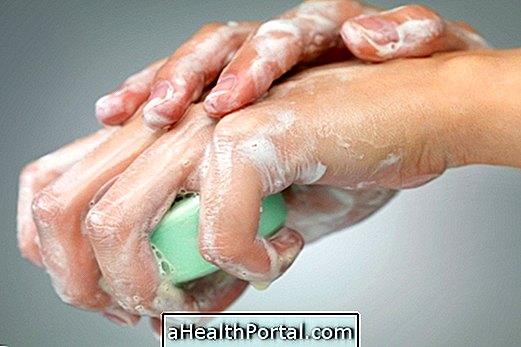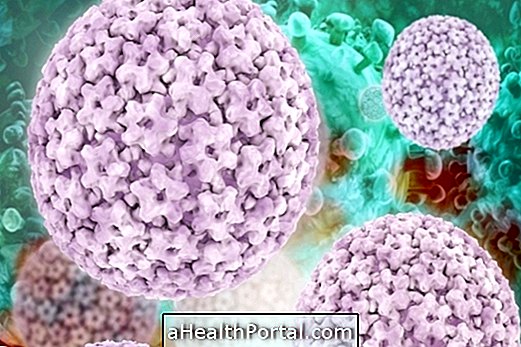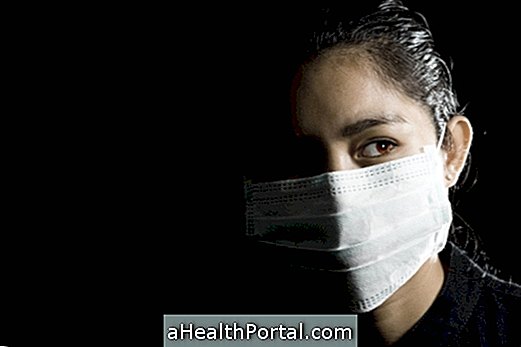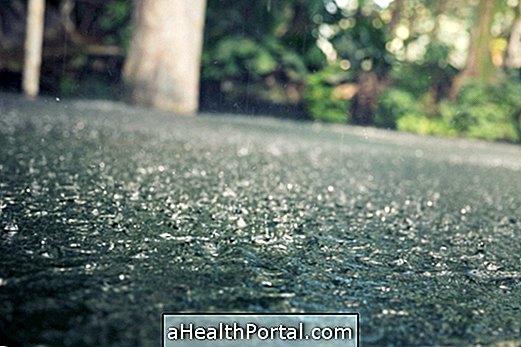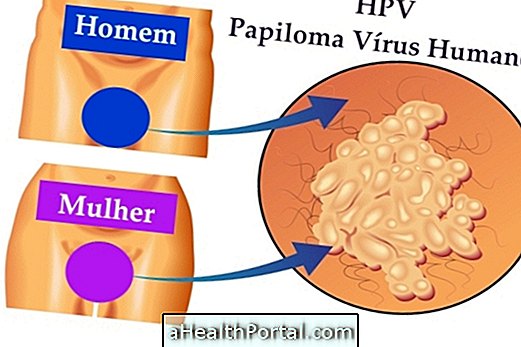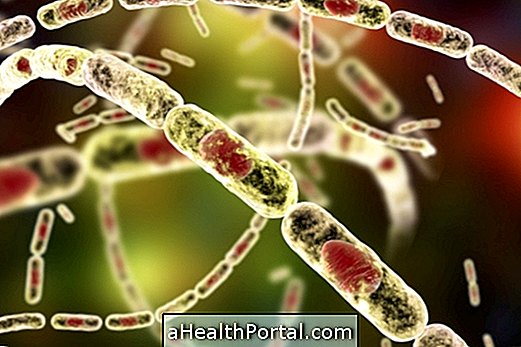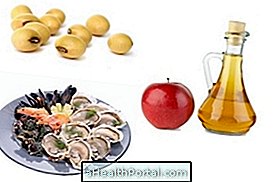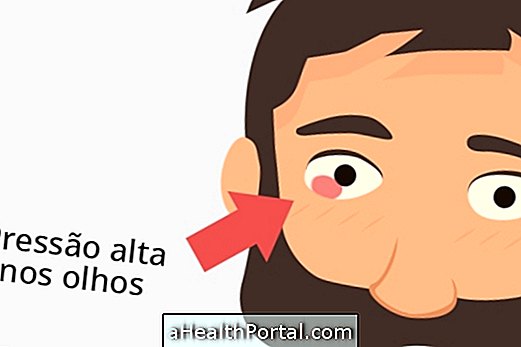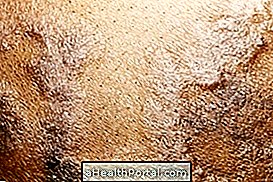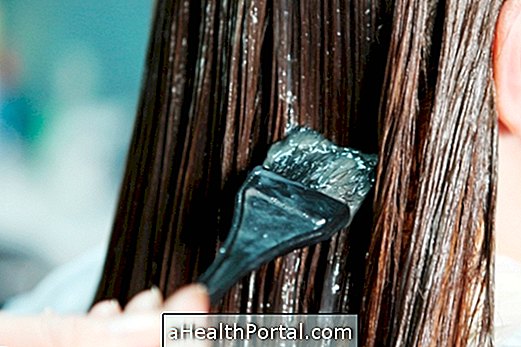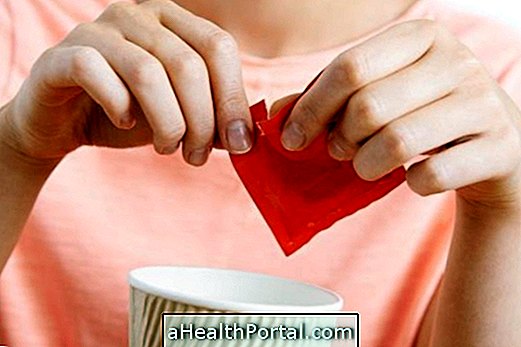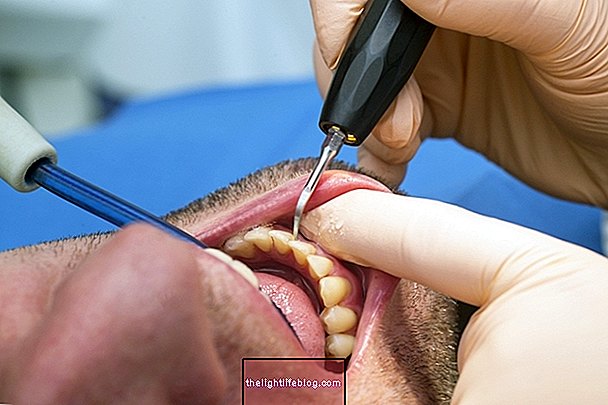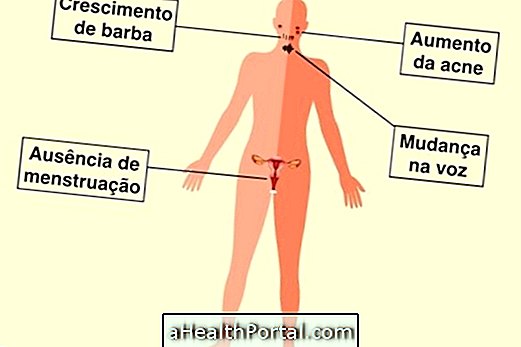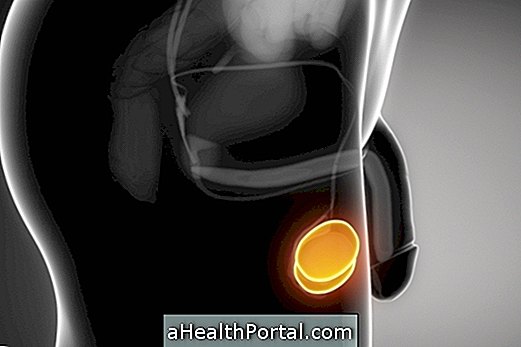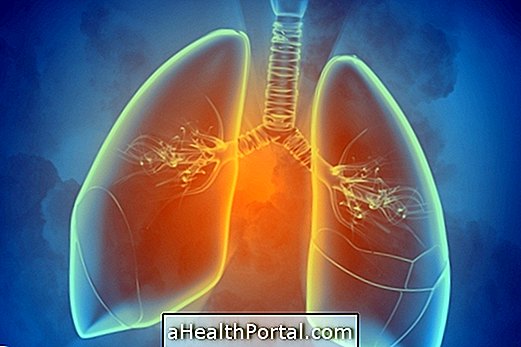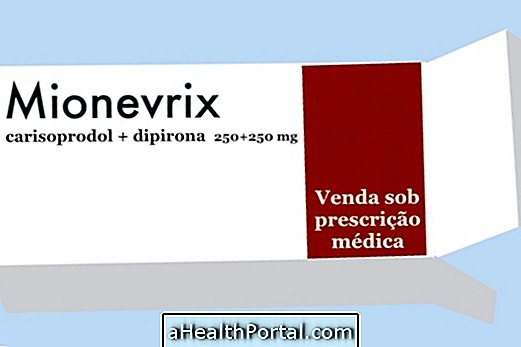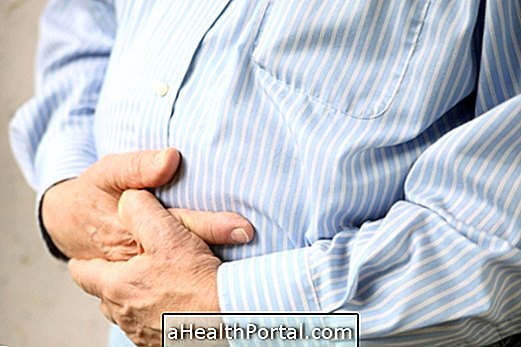Herpangina is a disease caused by the coxsackie virus, enterovirus or herpes simplex virus that affects babies and children between the ages of 3 and 10 causing symptoms such as sudden fever, mouth sores and sore throat. It also causes small sores in the child's mouth as if they were herpes and these symptoms can last up to 12 days.
This disease is usually mild and lasts only a few days, but in rare cases some children may have complications such as changes in the nervous system and heart or lung failure, so if you suspect you should go to the pediatrician as soon as possible to perform the treatment appropriate.
Symptoms of Herpangina
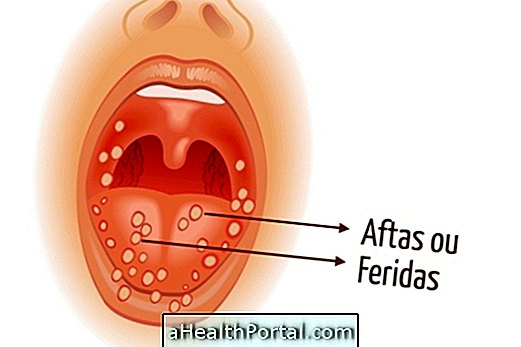
Symptoms of herpangina include:
- Sudden fever, which usually lasts 3 days;
- Sore throat;
- Red and irritated throat;
- Small white wounds inside the mouth with a reddish circle around it. The child may have 2 to 12 small canker sores inside the mouth, each measuring less than 5mm;
- Canker sores are usually found in the roof of the mouth, tongue, throat, uvula and tonsils, and may remain in the mouth for 1 week;
- There may be aneurysms in the region of the neck.
It may take 4 to 14 days for the virus to manifest, and it is not uncommon for the child to develop symptoms within 1 week after being in a waiting room with other sick children waiting for a consultation or in crowded places with poor hygiene.
The diagnosis is made through observation of the symptoms but the doctor may request tests to confirm the disease. Usually in case of a herpangina epidemic, the doctor does not request tests due to the similarity of the symptoms with that of other children within the same period.
How is the contagion?
The child is contaminated by contact with the secretions of a person infected with the disease, either through a sneeze or a cough, but the virus is also present in the feces, and so dirty diapers and clothes also promote the contagion of the disease. Thus, as it is an easily transmitted disease, infants and children attending nurseries and day care centers are the most prone because of their contact with each other.
How to treat Herpangina

Treatment for herpangina is symptomatic and therefore there is no need to take specific antibiotics or antivirals. The child should be treated at home and take an antipyretic drug, such as Paracetamol, to lower the fever, and the pediatrician may also recommend the use of topical analgesics, such as topical lidocaine, to be applied inside the mouth to decrease the discomfort caused by the wounds.
How to feed baby and child
The food should be liquid with juices (not citric), soups and purees with little salt so as not to hurt the mouth when eating. Gelatin, ice cream, jelly and natural yogurt are good choices to keep the baby fed and hydrated, especially because the cold foods most easily accepted by the child.
It is indicated to offer enough water to keep the child well hydrated, so that it can recover faster. In addition, too much rest is recommended, avoiding too much stimulation of the child so that he can rest and sleep properly.
Signs of improvement or worsening
The fever should subside in 3 days if this does not happen or if other symptoms appear as consultations should be returned to the pediatrician for a new evaluation. Although uncommon, complications such as meningitis may need to be treated with antibiotics.
Avoiding Transmission
Frequent handwashing and after changing a child's diaper or clothing is a simple measure that can help prevent the contamination of this disease with other children. Using an alcohol gel solution after changing the diaper is not enough and should not replace the act of washing your hands properly. Here's how to wash your hands properly to avoid contagion of diseases in this video:

To date there is no vaccine that will protect the child from taking herpangina, but studies show encouraging.
